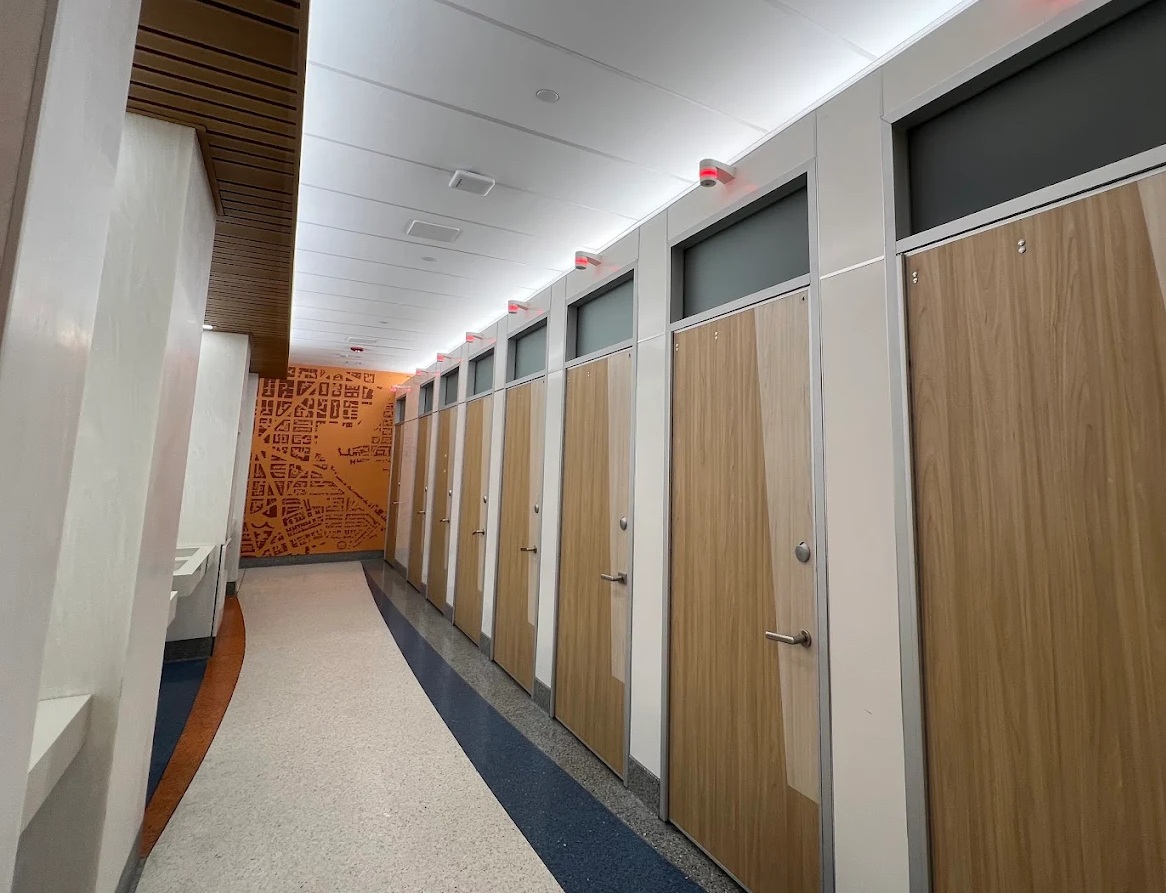
Type II and Type III wallcoverings are classifications used to distinguish different levels of durability and performance in commercial wallcoverings. These classifications are established by the Wallcovering Association, an organization that sets standards and guidelines for the wallcovering industry.
Here are the key differences between Type II and Type III wallcoverings:
Durability: Type II wallcoverings are designed for areas with moderate to heavy traffic. They are more durable and resistant to abrasion, impact, and tearing compared to Type I wallcoverings. Type II wallcoverings are suitable for commercial spaces such as hotels, hospitals, and office buildings.
Cleaning and Maintenance: Type II wallcoverings are typically washable and scrubbable, allowing for easy cleaning and maintenance. They can withstand frequent cleaning with mild detergents or disinfectants without sustaining damage.
Fire Resistance: Type II wallcoverings often have fire-resistant properties, making them suitable for use in areas where fire safety is a concern, such as corridors, stairwells, and public buildings.
Design Options: Type II wallcoverings come in a wide range of designs, patterns, and textures, offering versatility and aesthetic appeal for various commercial settings. They can mimic natural materials like wood, stone, or fabric, providing designers with ample options for customization.
Extreme Durability: Type III wallcoverings are the most durable and resilient option available. They are designed for high-traffic areas subjected to heavy wear and tear, such as airports, schools, and retail spaces. Type III wallcoverings offer superior resistance to abrasion, impact, and indentation.
Cleaning and Maintenance: Similar to Type II wallcoverings, Type III wallcoverings are washable and scrubbable, allowing for easy maintenance and upkeep. They can withstand rigorous cleaning and disinfection protocols without compromising their integrity.
Fire Resistance: Like Type II wallcoverings, Type III wallcoverings often possess fire-resistant properties, providing an added layer of safety in commercial environments where fire hazards may be a concern.
Design Options: Type III wallcoverings offer a diverse range of design options, including bold patterns, textures, and colors. They are available in a variety of materials, from vinyl to fabric-backed options, allowing designers to create impactful and visually stunning interiors.
In summary, while both Type II and Type III wallcoverings are designed for commercial applications, Type III wallcoverings offer higher levels of durability and resilience, making them suitable for areas with the most demanding environmental conditions and foot traffic. Designers should carefully consider the specific requirements of their project to determine which type of wallcovering best suits their needs.